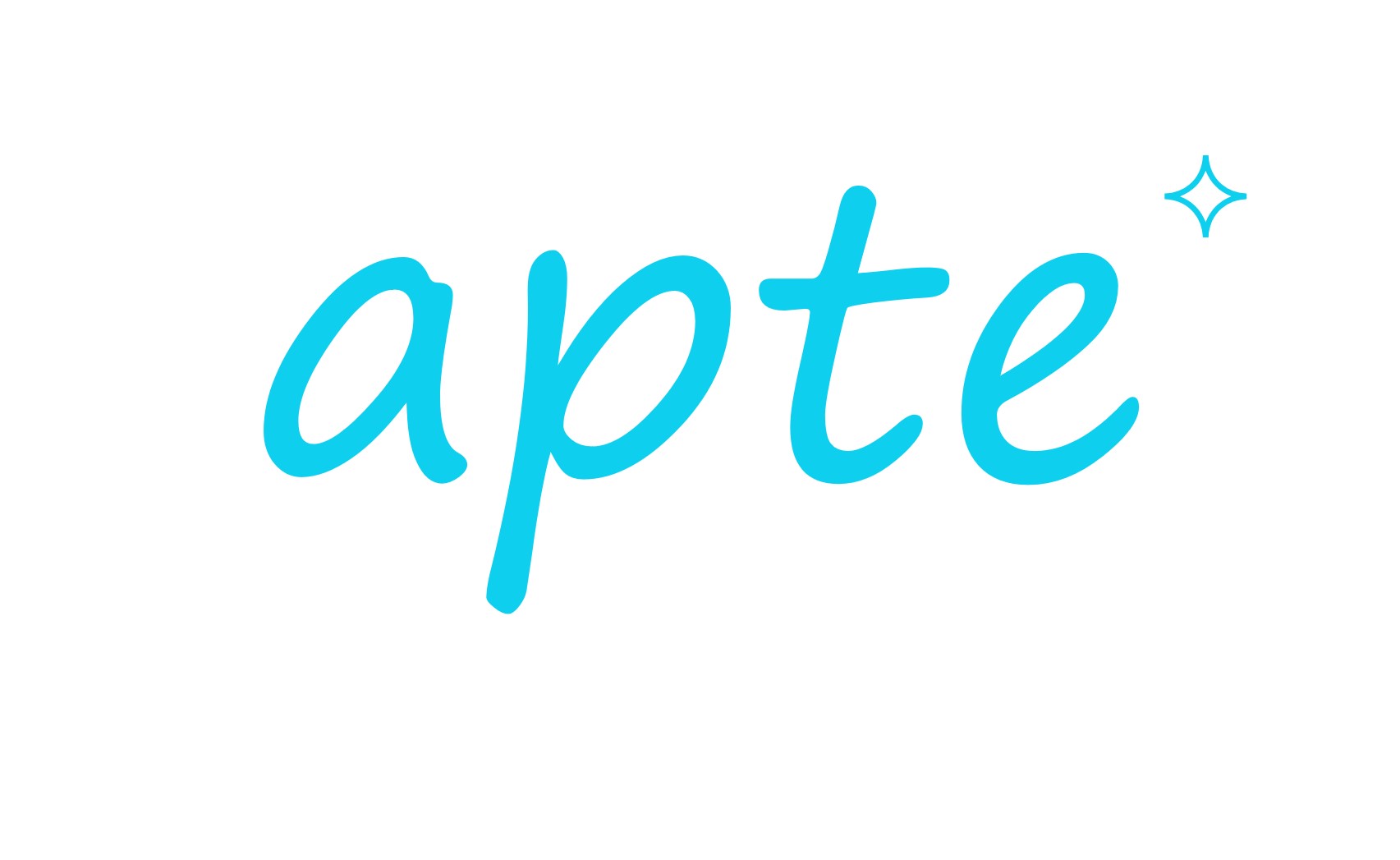How to build a great strategic plan
A strategic plan is a crucial tool for any nonprofit organization. It helps to set specific, measurable goals, outline the steps needed to achieve them, and allocate resources effectively.
Here are the key components of a good strategic plan for a nonprofit organization:
- Mission statement: The mission statement should clearly and concisely explain the purpose and goals of your organization. It should be easily understood by both internal and external stakeholders.
- SWOT analysis: SWOT analysis is a method of identifying the strengths, weaknesses, opportunities, and threats of your organization. This will help you identify areas that need improvement and capitalize on opportunities for growth.
- Goals and objectives: The strategic plan should include specific, measurable goals and objectives that align with the mission of your organization. These goals should be realistic and achievable, with a defined timeline for completion.
- Action plan: The strategic plan should include an action plan that outlines the steps needed to achieve the goals and objectives of the organization. This plan should include a budget and a timeline for completion.
- Performance metrics: The strategic plan should include performance metrics that will help you measure the progress and success of your organization. This will help you identify areas that need improvement and make adjustments as necessary.
- Communication and engagement plan: A good strategic plan should include a communication and engagement plan that outlines how the organization will communicate with internal and external stakeholders. This plan should include a communication schedule, messaging, and engagement methods.
- Continuous evaluation and adjustment: A good strategic plan is not a one-time event, it's a continuous process. Regularly evaluate and adjust the plan to ensure that it remains relevant and effective.
A good strategic plan for a nonprofit organization should include a clear mission statement, a SWOT analysis, specific and measurable goals and objectives, an action plan, performance metrics, a communication and engagement plan and a continuous evaluation and adjustment process. By including these key components, your nonprofit can set realistic and achievable goals, allocate resources effectively, and measure progress towards achieving its mission.
Frustrated with tracking your progress manually? We are here to help!
Click here to get started today.
Rethink Possible. BE. APTE.
Sign up for more Apte Insights here.



